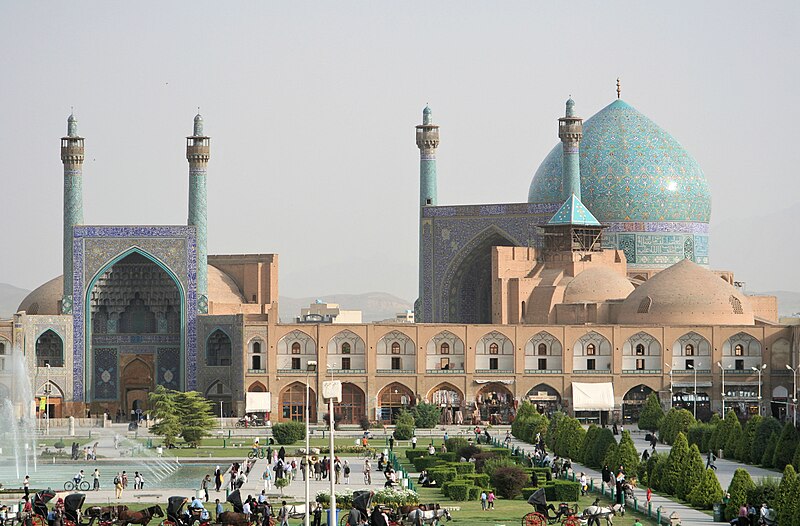Isfahan, the dazzling jewel of Iran, is a city that encapsulates centuries of rich history, architectural splendor, and cultural significance. Located in the heart of the country, Isfahan stands as a testament to the grandeur of Persian civilization and its enduring impact on the world.
The history of Isfahan dates back over 2,500 years, with its origins rooted in ancient Persia. However, it was during the Safavid dynasty in the 16th century that Isfahan truly flourished and became one of the most magnificent cities in the world. Under the rule of Shah Abbas I, the city underwent a transformative period of urban planning and development, resulting in the creation of iconic landmarks and architectural masterpieces that continue to captivate visitors today.
At the heart of Isfahan lies Naqsh-e Jahan Square, a UNESCO World Heritage site and one of the largest city squares in the world. This expansive plaza is surrounded by awe-inspiring structures, including the Imam Mosque, Sheikh Lotfollah Mosque, Ali Qapu Palace, and the Grand Bazaar. The Imam Mosque, with its majestic turquoise dome and intricate tilework, is a prime example of Persian Islamic architecture at its zenith. Sheikh Lotfollah Mosque, on the other hand, is a marvel of architectural ingenuity, boasting a mesmerizing dome that changes color throughout the day.
Ali Qapu Palace, with its seven floors and stunning views of the square, served as a royal residence and a venue for state ceremonies. The Grand Bazaar, adjacent to the square, is a labyrinth of winding alleys and bustling market stalls, offering a sensory feast of colors, scents, and sounds. Here, visitors can immerse themselves in the vibrant tapestry of Persian handicrafts, carpets, spices, and textiles.
The iconic Khaju Bridge, spanning the Zayandeh River, is another emblematic structure that adds to Isfahan’s allure. Built in the 17th century, this bridge not only serves as a functional crossing but also as a social space where locals gather to enjoy the view, engage in conversations, and revel in the beauty of their surroundings. The arches of Khaju Bridge are adorned with exquisite tilework and paintings, creating a harmonious blend of aesthetics and utility.
Isfahan is also home to the Jameh Mosque, a UNESCO-listed site that represents a microcosm of Islamic architecture from different eras. The mosque’s intricate geometric patterns, towering minarets, and historical significance make it a must-visit for anyone interested in the evolution of Islamic design.
Beyond its architectural wonders, Isfahan is a city that resonates with a deep cultural heritage. The city’s vibrant arts and crafts scene, traditional music, and dance performances offer a glimpse into the soul of Iran. The warmth and hospitality of the locals, coupled with the delectable flavors of Persian cuisine, create an immersive experience that leaves a lasting impression on visitors.
In conclusion, Isfahan stands as a living testament to the grandeur of Persian civilization, a city where history, art, and culture converge to create an unparalleled tapestry of beauty and elegance. From the mesmerizing Naqsh-e Jahan Square to the tranquil Khaju Bridge, Isfahan invites travelers to step into a world where the past seamlessly intertwines with the present, leaving an indelible mark on those fortunate enough to explore its enchanting streets.

